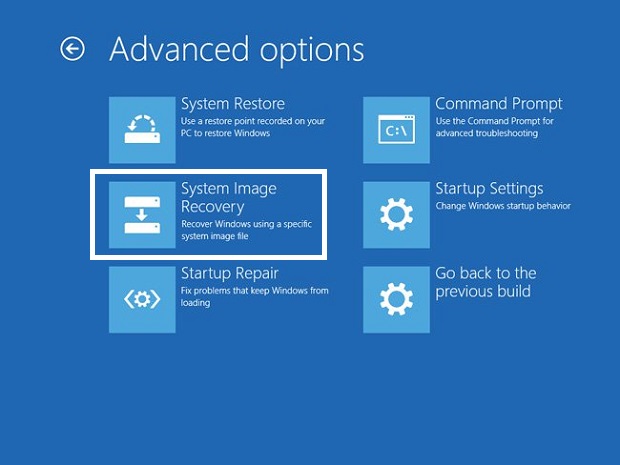

Running the System Restore tool will restore your Windows operating system files to an earlier state, and this may fix system corruption problems if the operating system wasn’t damaged at that earlier point.Īlternatively, there’s always just performing a system reset or reinstalling Windows, too. For Ex my ISOmountpath Drive letter is D: Try System Restore or a System Reset Note: Replace ISOmountpath with your Drive letter which you mount the ISO file. Now again Again Open the command prompt as administrator, type command below and hit enter:ĭISM /Online /Cleanup-Image /RestoreHealth /Source:ISOmountpath\install.wim Restart windows to take effect the changes.Wait until 100% complete the scanning process.Here The %WinDir% placeholder represents the Windows operating system folder.The sfc /scannow command will scan all protected system files, and replace corrupted files with a cached copy that is located in a compressed folder at %WinDir%\System32\dllcache.Now type command sfc /scannow and press enter key to execute the same.Right click on the command prompt select run as administrator.If you notice an increase in the Blue Screen of Death, applications constantly crashing, Windows operations stalling, you may need to run the System File Checker to help correct errors causing your PC to perform slowly. From there, it replaces the file with the correct version to ensure smooth functioning.

Or changes to system files that would otherwise interfere with the normal operation of your PC. In other words, The System File Checker tool scans your computer for any corruption. The System File Checker or sfc.exe utility in Microsoft Windows located in C: Windows\System32 folder allows users to scan for and restore corrupt Windows system files.
HOW TO REPAIR CORRUPTED FILES IN WINDOWS 10 HOW TO
How to run system file checker windows 10


 0 kommentar(er)
0 kommentar(er)
